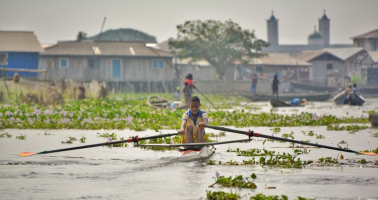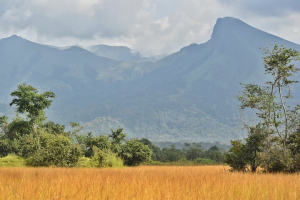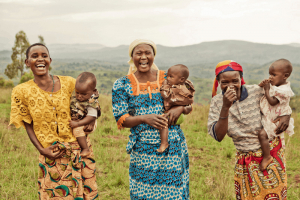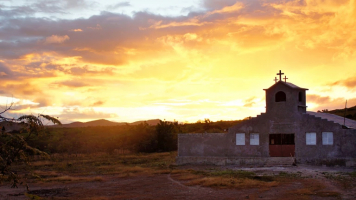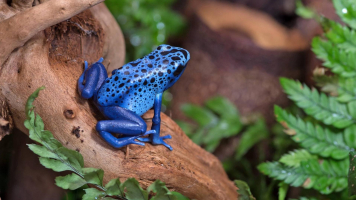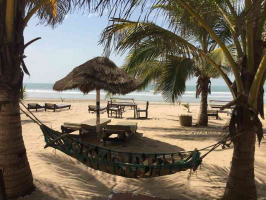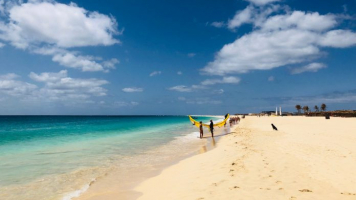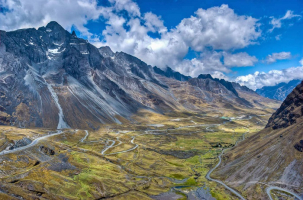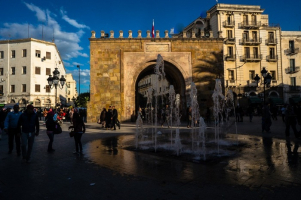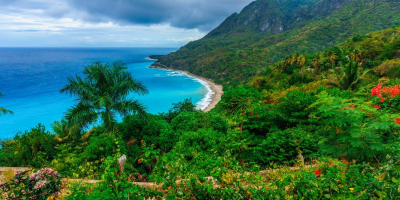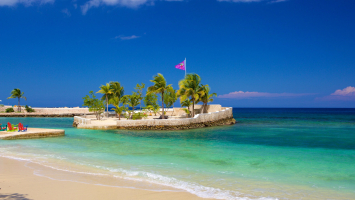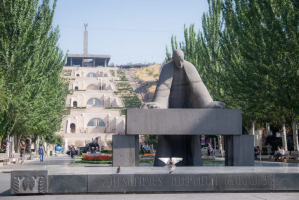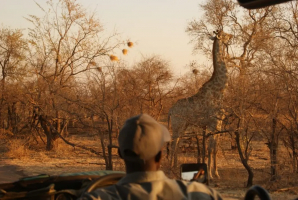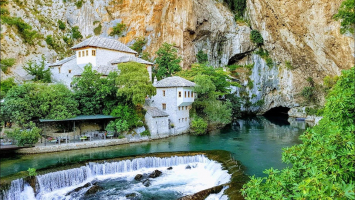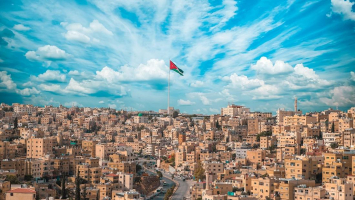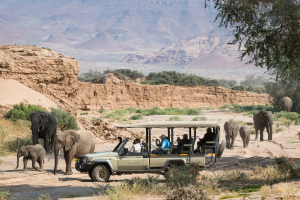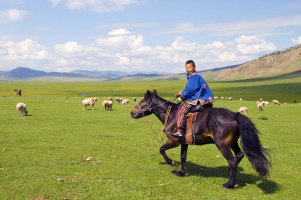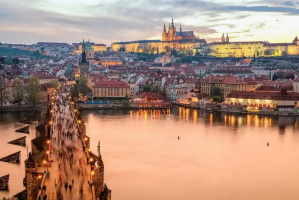Top 10 Best Travel Destinations in Lithuania
This beautiful country located on the Baltic Sea is a destination not to be missed. If you are curious to discover the most attractive places in this country, ... read more...then immediately pocket the most specific and detailed Lithuanian travel experiences.
-
In Vilnius, the Grand Duchy's ancient capital is a wonderful treasure trove of medieval treasures and stunning Gothic and Russo-inspired Baroque architecture. Cobblestone streets swirl beneath the buttresses of the majestic St Anne's Church, over café-strewn plazas, and beneath the soaring Gediminas Keep and Upper Castle fortress dating from the 13th century in the Old Town.
Meanwhile, the new town's blocks buzz with beer bars and late-night rock clubs, and Europe's most famous boho district – the self-proclaimed Republic of Uzupis – beckons on the outskirts of town, with shabby-chic, graffiti-strewn streets and more drinking joints than you can shake a cepelinai potato dumpling at!
When the weather is pleasant in the evenings in Vilnius, the streets are lined with people sitting outside fashionable pubs and cafés. St. John's Church with a 60m high bell tower, with a blend of classical German Gothic, Italian and French Baroque, plus a Russian-style dome; surrounded by deep green hills.
• Location: Lithuania
• Timing: Open all day
• Famous for: According to GaWC research, Vilnius is a Gamma global city, and its Old Town is noted for its architecture
• Entry Fee: Free
• Best Time To Visit: May, June, July, August and September.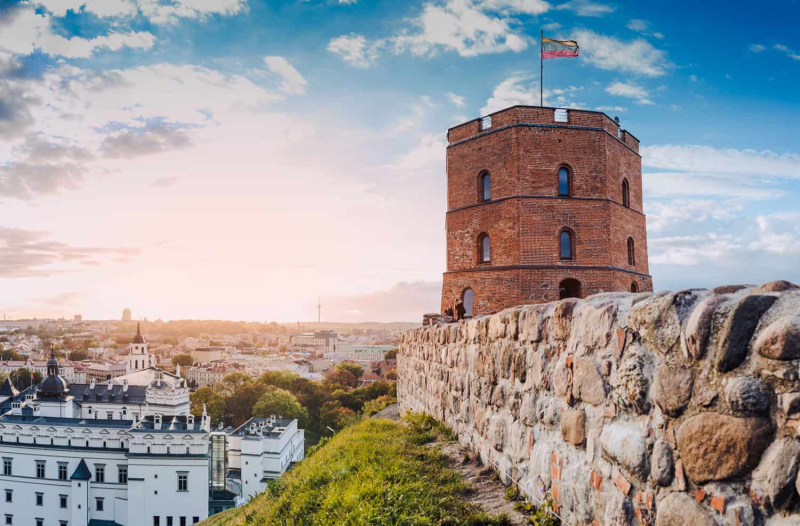
https://www.vilniuswithlocals.com/ 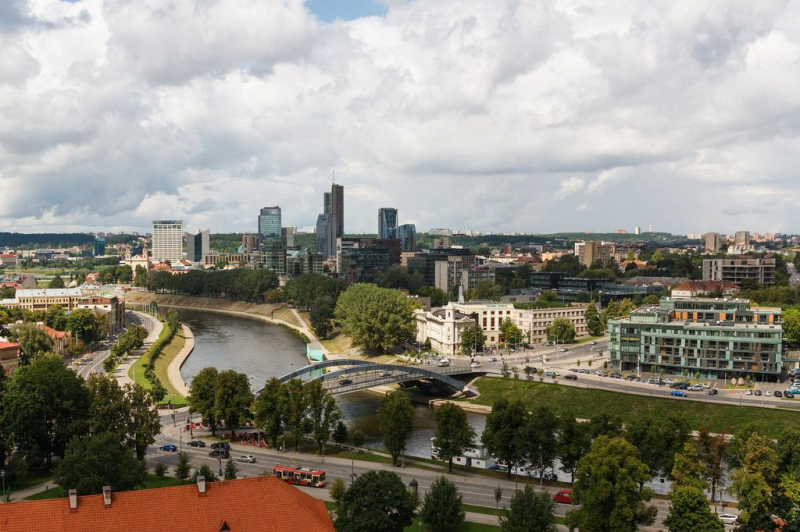
https://www.thecrazytourist.com/ -
The second-city of Kaunas proudly lays its claim as the country's alternative center and partying capital, jutting out over the confluences of the Nemunas and Neris rivers right in the heartlands of central Lithuania.
Thousands of students fuel the nightlife, which erupts on Laisves Aleja's tree-lined boulevard and among the historic centre's countless craft bars and underground drinkeries, while daytime activities include exploring the crumbling bulwarks of Kaunas Castle and wandering the enchanting cobblestone alleys of Kaunas' prettiest district, which is home to charming medieval merchant guilds and one gorgeous city hall.
Then there are the exhibitions dedicated to M. K. Ciurlionis (probably Lithuania's most well-known artist), which are a must-see! One of Europe's oldest funiculars may be found not far from the Devil's museum! It's strongly advised that you should take a trip up to the church of Christ's Resurrection, which is a massive white structure. A wonderful panoramic view of Kaunas can be seen from the top of the church.
• Location: Lithuania
• Timing: Open all day
• Famous for: Interwar architecture
• Entry Fee: Free
• Best Time To Visit: June, July, and August are the hottest months on average.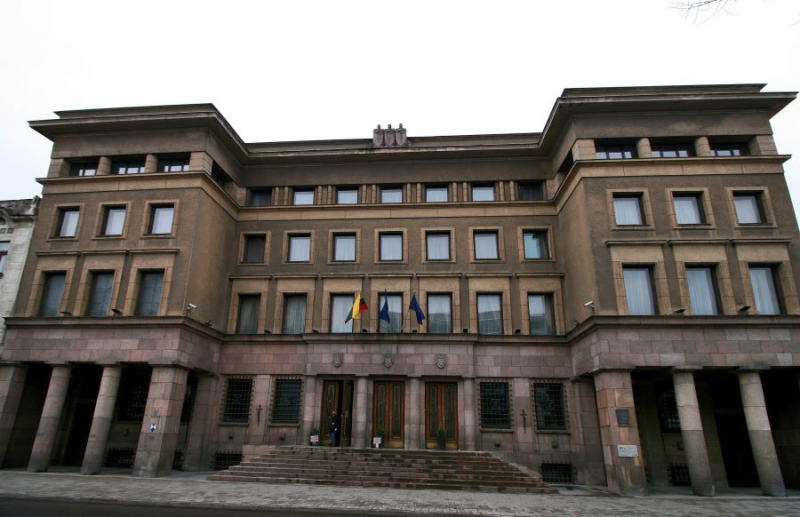
https://www.vilniuswithlocals.com/ 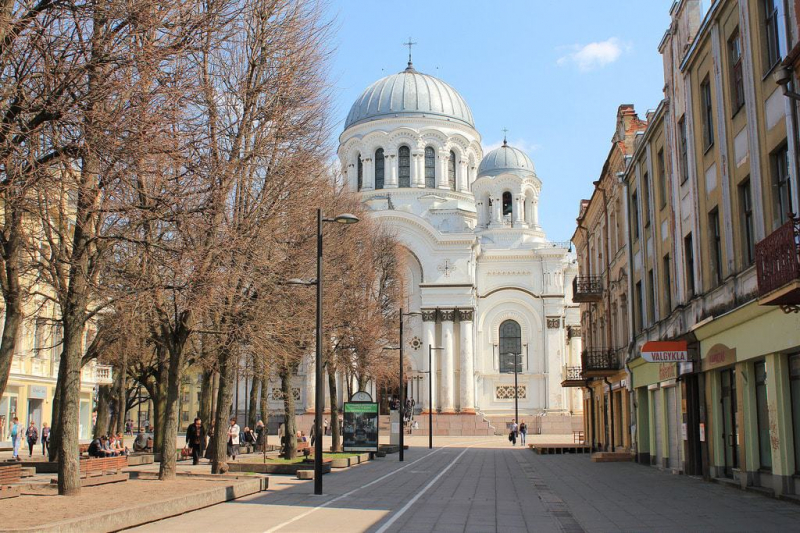
https://www.thecrazytourist.com/ -
UNESCO-attested Kernave has a history and tradition that predates many of Lithuania's major towns.
It is regarded as one of the Grand Duchy's first medieval capitals, and it is considered that the golden era boom occurred here in the 13th and 14th centuries, when the Teutonic Order dismantled the defenses and strongholds.
Today, visitors to the archaeological reserves that line the Neris River's meanders may see mounds (literally!) of antiquities, now covered in dirt but concealing layers upon layers of bulwarks and burial sites, throne halls, and more, dating back to the late Palaeolithic Period!
Kernave is noted for its national Mindaugas coronation day celebrations, which take place on July 6th. On that day, a festival is organized, with real medieval crafts, war games, and folk music. The artisans are from the Baltic states and nearby nations.
Kernave comes to life in the summer. There are celebrations and traditional festivals planned. For more than 20 years, Lithuanian and international archaeologists, students, and schoolchildren have participated in archaeological excursions.
• Location: Lithuania
• Timing: Open all day
• Famous for: Mindaugas coronation day celebrations
• Entry Fee: Free
• Best Time To Visit: The greatest time to visit Kernave is in early July, when the Days of Living Archaeology event takes place.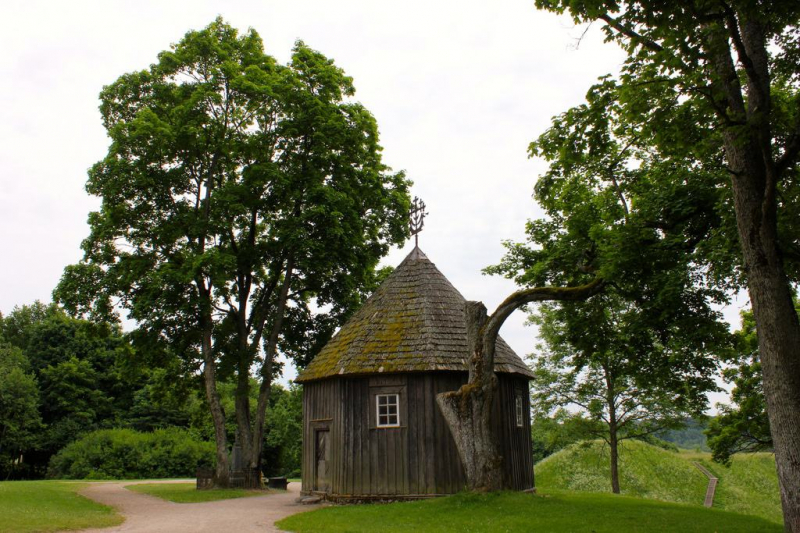
https://www.thecrazytourist.com/ 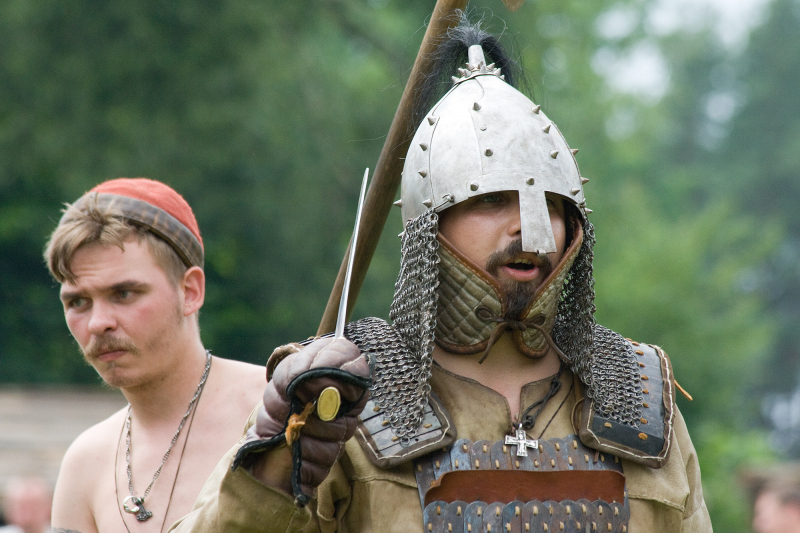
https://upload.wikimedia.org/ -
Memel was formerly one of Teutonic rule's strongholds in the Baltic, later becoming a wealthy port and trade town of the Duchy of Prussia, and then the northernmost city in the German Empire of the nineteenth century.
Klaipeda is brimming with vestiges from its 800-year-old past, all while mixing them with the more contemporary edge and nightlife culture anticipated of a tourism entrance to Lithuania's most famous beachfront strip, the Curonian Spit.That means visitors can weave between curious sculptures and cobblestone squares in the Old Town, visit Lithuanian taverns to sample locally brewed beer, and tour the bulwarks of Klaipeda Castle all in the same day, and that's not even taking into account the medieval docksides, cannong-dotted Prussian bastions, and German-styled beer halls in the main square!
The "Sea Festival" (Jros vent) is the most important event in Klaipeda, and it takes place on the final weekend of July. It's really crowded, but it's a lot of fun if you want to go to any local activities. Klaipeda is around 30 kilometers from Palanga and only a few minutes by ferry from the Curonian Spit, a must-see sight in Lithuania and a UNESCO World Heritage Site.
• Location: Lithuania
• Timing: Open all day
• Famous for: ''Sea Festival" (Jros vent)
• Entry Fee: Free
• Best Time To Visit: The ideal time to ski at Klaipeda is usually around December 17th, when the new snow is at its deepest.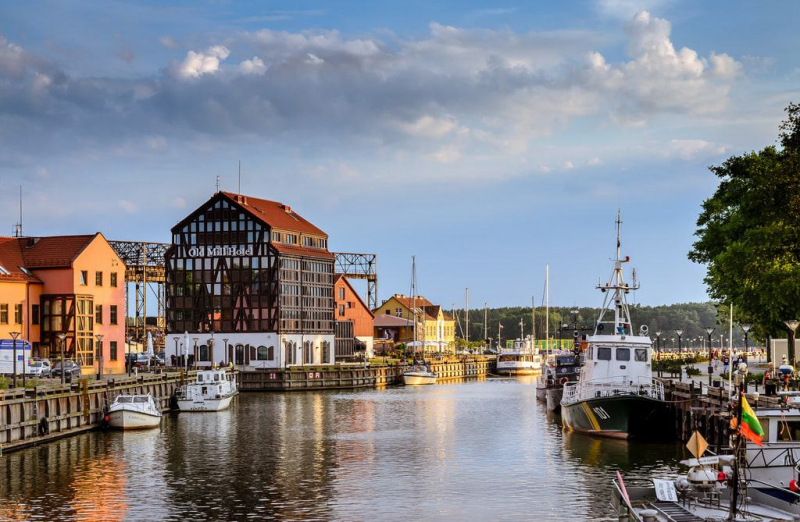
https://www.thecrazytourist.com/ 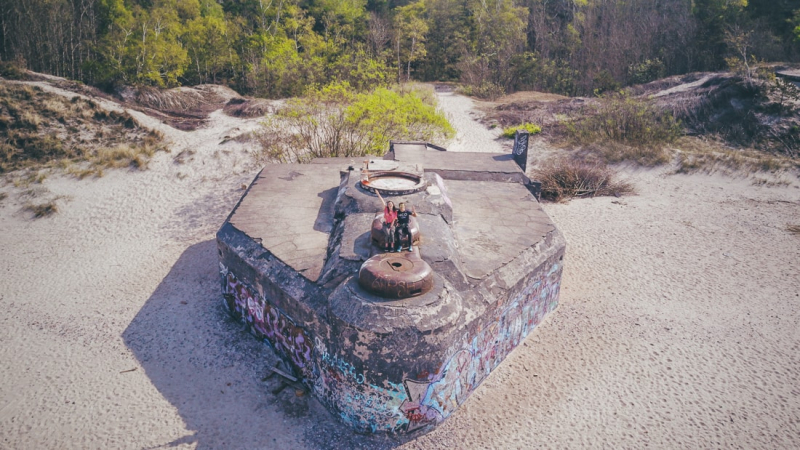
https://www.dreambigtravelfarblog.com/ -
Neringa is a mosaic of green pine woods and flat grasslands, undulating dunes and sandy beaches that winds its way down the Baltic Coast where Lithuania arches towards her long-time Polish compadre in European history and the odd Russian exclave of Kaliningrad.
The area encompasses the whole Lithuanian length of the Curonian Spit and provides excellent opportunities for riding, hiking, windsurfing, and fishing on the Curonian Lagoon's waters, the sun-kissed resort strips of Nida, and the earthy cottages that make up age-old settlements like Pervalka.
Then there's Thomas Mann's beautiful house, as well as the other artist workshops and galleries that sprung up in the 1800s as a result of the German migration from Konigsberg.
The average temperature of Neringa varies a lot. Temperatures feel chilly for roughly half of the year, but generally pleasant, with a probability of rain or snow for the rest of the year. When compared to tourist locations throughout the world, the area is less temperate than others, ranking in the 28th percentile for pleasant weather.
• Location: Lithuania
• Timing: Open all day
• Famous for: riding, hiking, windsurfing, and fishing on the Curonian Lagoon's waters
• Entry Fee: US$ 2
• Best Time To Visit: January to April.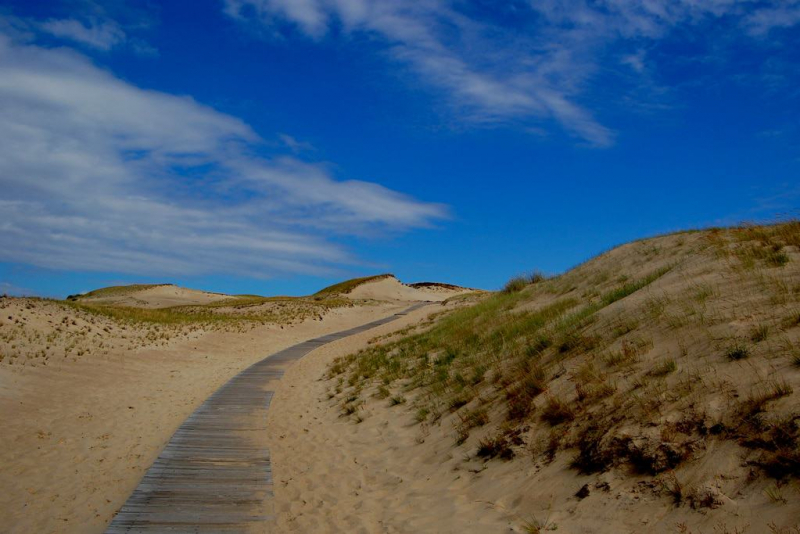
https://www.thecrazytourist.com/ 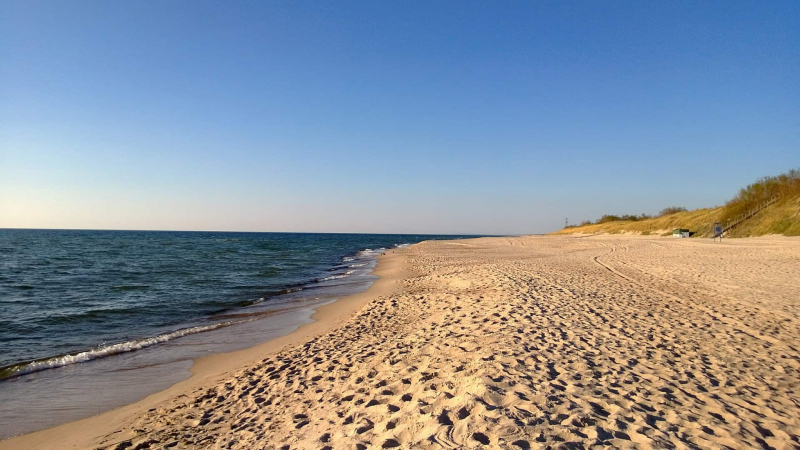
https://www.vilniuswithlocals.com/ -
Palanga has become synonymous with summertime debauchery among Lithuanians all throughout the nation, and its high-season electro and chart parties blaze on the Jonas Basanavicius avenue and among the innumerable clubs and al fresco drink places that line its borders from June to August.
During the hot summer months, the beach is another draw, with possibly Lithuania's most accessible and sunbather-friendly length of golden Baltic sand. Palanga isn't only about late evenings and quiet days.
There's also the charming neo-Renaissance appeal of the Tiskeviciai Palace to view, as well as the intriguing Amber Museum and the Curonian Spit's environmental reserves!
Palanga transforms into Lithuania's party capital throughout the summer. Some nightclubs in Kaunas and Vilnius close for the summer and relocate to Palanga. That's where the celebration takes place! Palanga is sometimes compared to Lithuania's Miami.
If you don't like crowds or parties, you may stay in Klaipeda or one of the Curonion Spit's fisherman settlements.• Location: Lithuania
• Timing: Open all day
• Famous for: charming neo-Renaissance appeal of the Tiskeviciai Palace
• Entry Fee: Free
• Best Time To Visit: Year-round.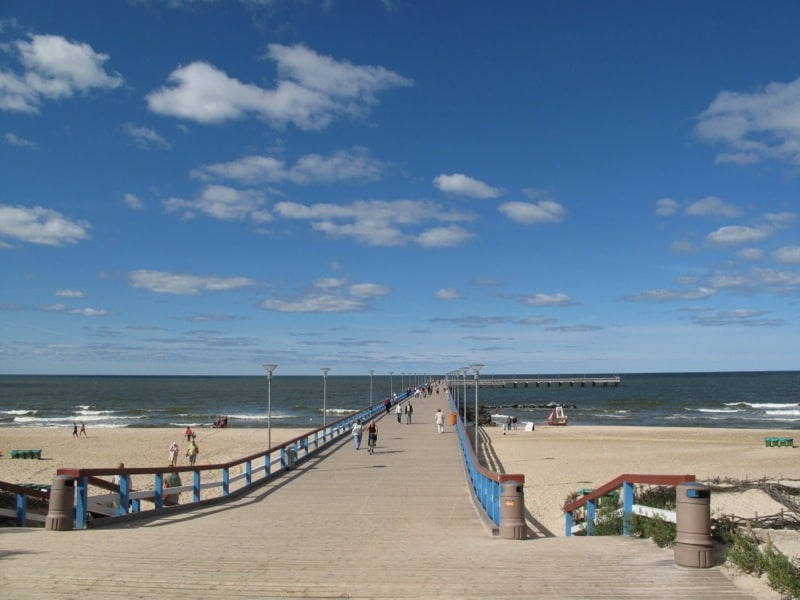
https://www.thecrazytourist.com/ 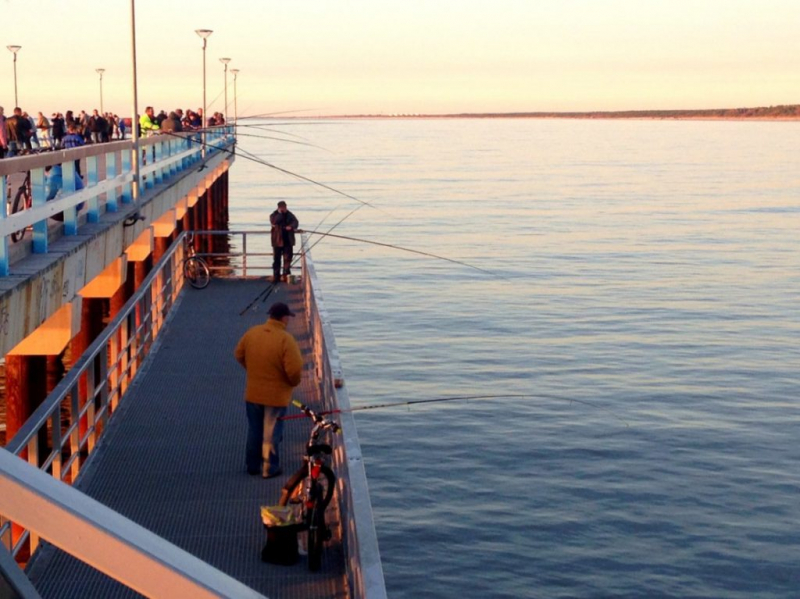
https://maptrotting.com/ -
The largest national park in Lithuania, which is Dzukija National Park, with a total area of 550 square kilometers, is located on the edge of the Belarusian border in the country's extreme south-east corner. It's covered in vast swaths of pine woods and riparian wetlands, all of which are cut through by the Nemunas River's meandering courses.
Inland dunes are another fascinating feature, rising and falling to sandy peaks and troughs and supporting a diverse range of grasses and rock layers. For those wearing hiking boots, boardwalk hikes plunge deep into the woods, while mushrooms blossom in the undergrowth and traditional waxwork manufacturing abounds in the rural settlements.
This private Dzukija National Park trip will give you a firsthand experience of Lithuanian countryside. The local guide will take you on a tour of the charming ancient villages, architectural and cultural landmarks, natural wonders, and beautiful scenery. You'll learn about the Soviet government's policies, atrocities, and ideological Soviet propaganda culture during your trip to Grutas Park.
• Location: Vilniaus g. 3, Merkinė 65334, Lithuania
• Timing: 8AM - 5PM
• Famous for: The pine forests
• Entry Fee: US$ 8
• Best Time To Visit: Spring.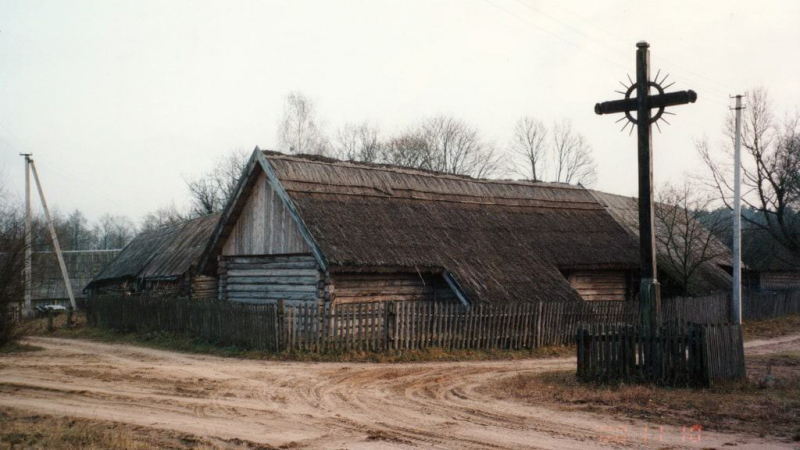
https://www.thecrazytourist.com/ 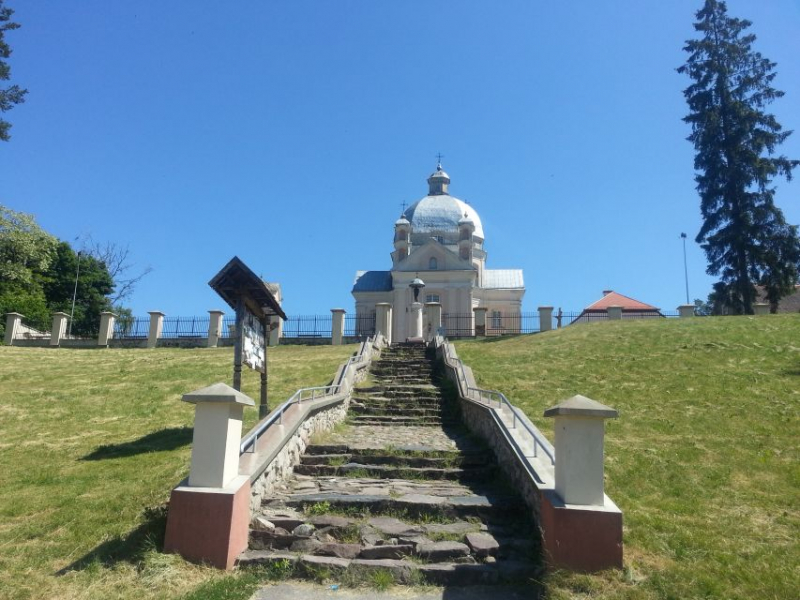
https://www.getyourguide.com/ -
Trakai is a fanciful jumble of islands, verdant slopes, glistening lakes, and rolling meadows. It is located just west of the capital, in Vilnius, and attracts visitors and residents throughout the year.
Many visitors are awestruck by the Lord of the Rings-style castle in the Trakai Historical National Park's core, sprouting of red-brick towers and turrets that reflects wonderfully against the lake waters all around. Others come for the summertime pleasure that revolves on the banks of the Akmena, Galve, and Skaistis lakes.
Then there are the Karaim community's strange multicultural remnants — a rare Turkic tribe that still worships at the Trakai Kenesa synagogue, which may be viewed on-site.
It simply costs a few Euros per person and takes you to some of the most beautiful locations. Alternatively, you may rent a kayak and go kayaking to see the castle from a different perspective. You can roam about the town, the lake, and even take boat excursions out and around the lake for hours.
• Location: Lithuania
• Timing: May – September: Monday – Sunday 9 a.m. – 6 p.m. October – April: Monday – Friday 8 a.m. – 5 p.m
• Famous for: natural wonders, traditional Karaim cuisine, and awe-inspiring vistas of the Trakai Island Castle
• Entry Fee: Adults pay 8 €, students pay 4 €, and seniors pay 4 €.
• Best Time To Visit: July, August, and then June.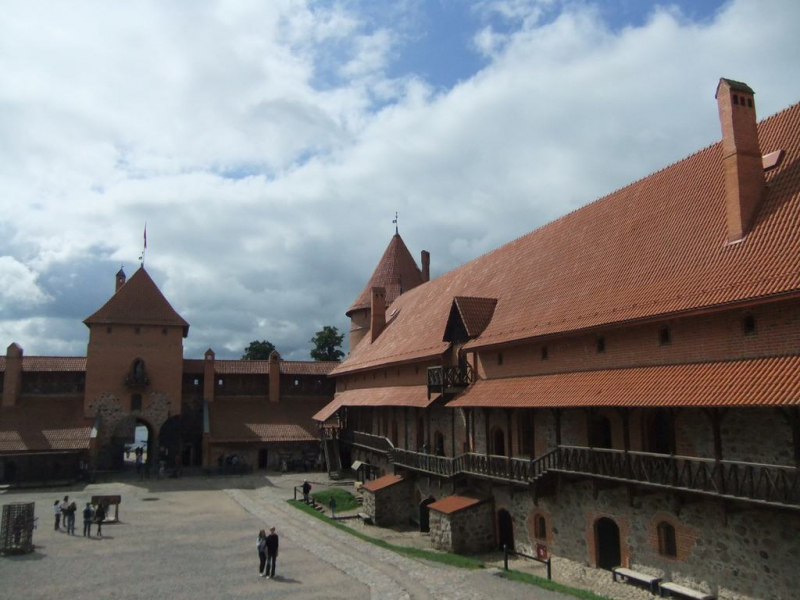
https://www.thecrazytourist.com/ 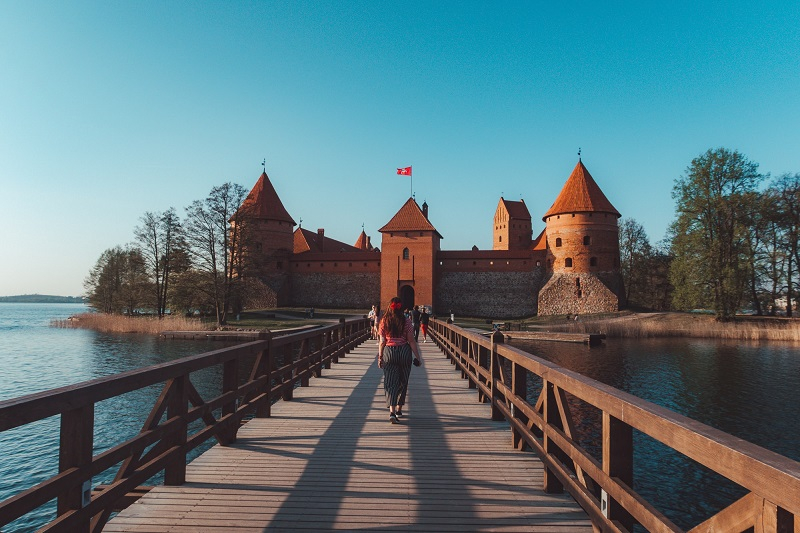
https://www.dreambigtravelfarblog.com/ -
The vividly green hamlet of Anyksciai, located halfway between Kaunas and the Latvian border in the east, provides a natural escape balanced with some genuinely lovely ecclesiastical buildings. The red-brick Basilica of Apostle Evangelist St Matthew's high Gothic spires, which dominate the banks of the meandering Sventoji, may be seen here.
This stunning structure, which dates back more than 500 years, today has the highest church towers in all of Lithuania, as well as some dazzling stained-glass works by the renowned artist Anorte Mackelaite. After that, dust off your walking boots (if it's summer) or wax your skis (if it's winter), for Anyksciai also offers the little ski resort of Kalitos Kalnas and infinite hiking paths on its outskirts.
Anyksciai Regional Park and the neighboring communities have a number of attractions. Anyksciai may be exactly up your alley if you're interested in local history, the beauty of the forest, and the hidden riches of less-visited locations.
• Location: Lithuania
• Timing: Open all day
• Famous for: capital of Lithuanian wine created from the harvest of local gardens - the country's most well-known drink
• Entry Fee: Free
• Best Time To Visit: If you want to visit Anyksciai when it's the hottest, the months to go are July, August, and then June.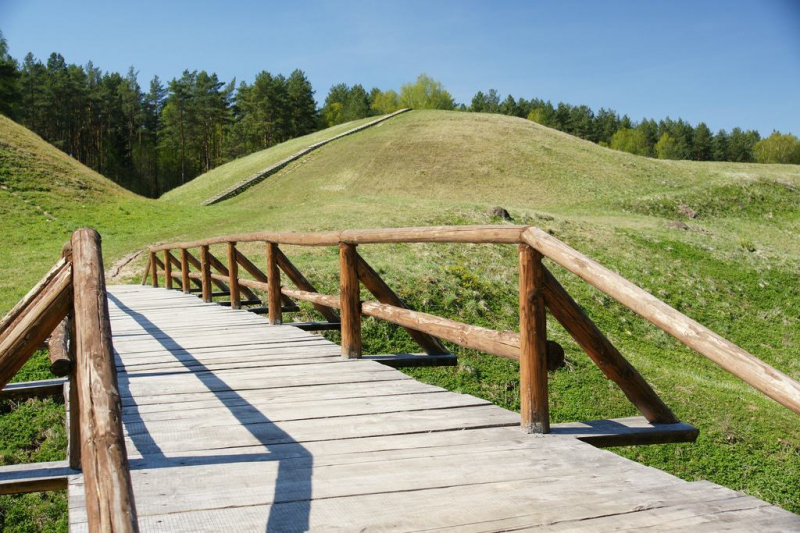
https://www.thecrazytourist.com/ 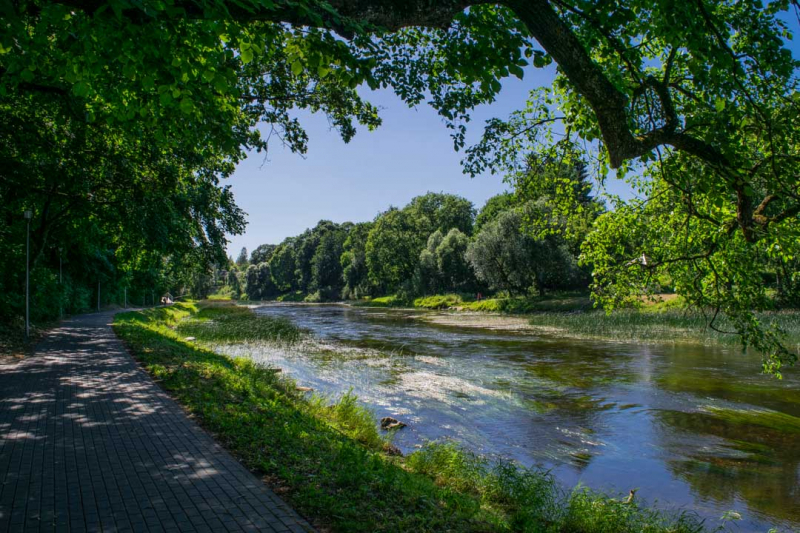
https://www.travelsewhere.net/anyksciai-lithuania/ -
Moneyed and well-groomed Druskininkai is Lithuania's most important spa town. It was famous as early as the 1600s, when it was under the patronage of Grand Duke Stanislaw August Poniatowski, and then again in the 19th century, when it was under the sponsorship of none other than Tsar Nicholas I of Russia.
The city is still growing, and its glittering homes and spa facilities are buzzing with the conversation of well-heeled Muscovites and city slickers.
Druskininkai has long been known for its mineral water. The name of the town is related to the mineral salt springs and its meaning is close to the Lithuanian word 'druskininkas', which describes a person who produces and sells salt.
Apart from its mineral-rich waters and healing powers, the location is also known for being the former home of Mikalojus Konstantinas Ciurlionis (and a fine museum dedicated to the artist's life), as well as the new Forest Museum, an immersive exhibition that takes visitors on a haunting journey through Lithuanian folklore and witchery.
• Location: Lithuania
• Timing: Open all day
• Famous for: Druskininkai has been recognized for its mineral water for a long time.
• Entry Fee: Free
• Best Time To Visit: Spring is the second biggest season for tourism, so it's an excellent time to visit if you're searching for something to do.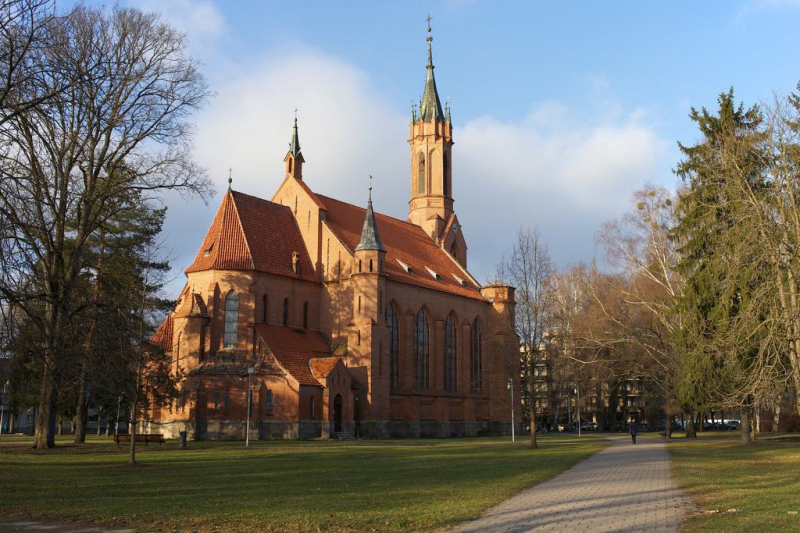
https://www.thecrazytourist.com/ 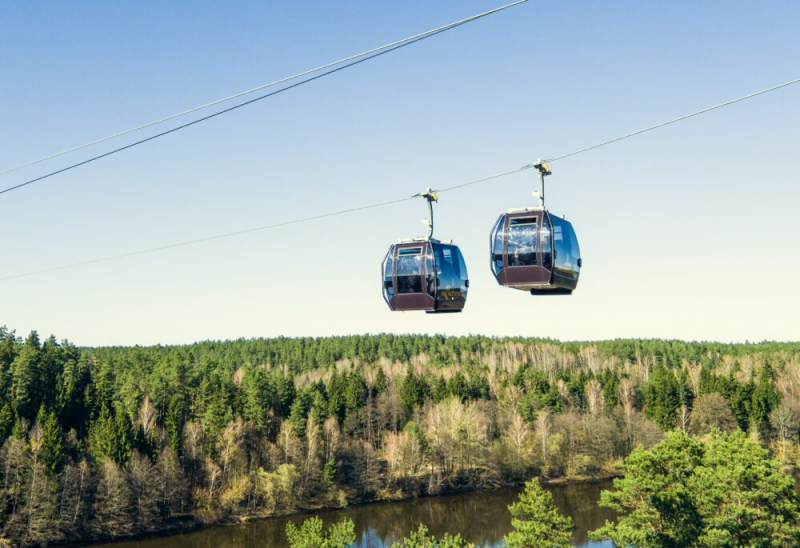
https://druskininkai.lt/












